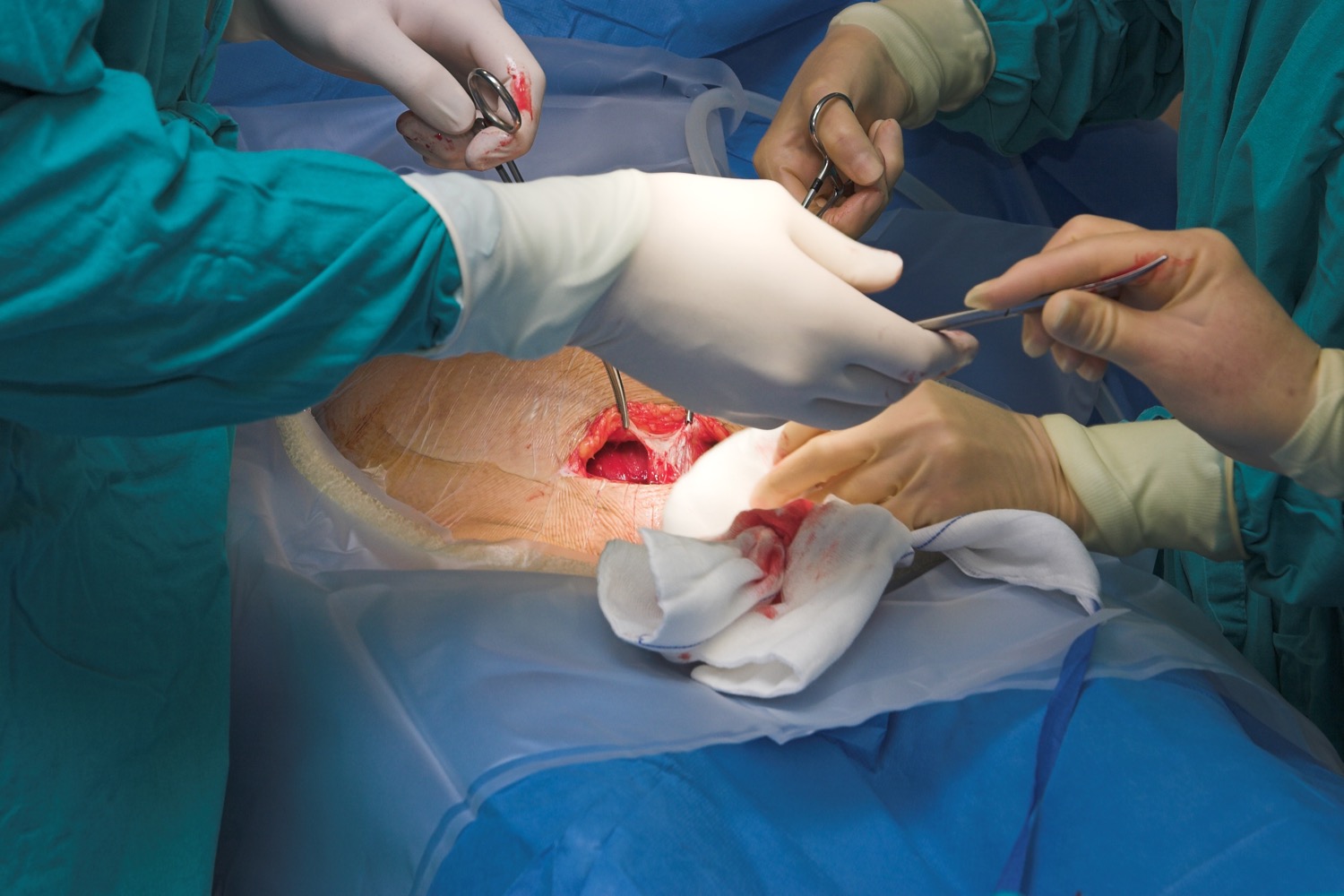I have always said that knowledge is power. This is especially true in this digital age since we have access to so much searchable knowledge. I have also always said that one of our primary goals in our medical practice is to empower women to take charge of their own health. It is therefore natural that I am very interested in helping women to empower themselves through the use of technology.
It turns out that one of the most powerful things we can do to take control of and change our own behaviors is to observe, record and track them. This habit is called quantification. People who do this regularly as a part of their self improvement are participating in the "quantified self’ movement. Livescience.com defines the quantified self movement as a “movement which aims to measure all aspects of our daily lives with the help with technology.”
Quantifying ones habits such as hours of sleep, minutes of exercise, or calories eaten, does not necessarily need to be done with a high tech device. It can be done with paper and pencil. However, since smart phones are nearly ubiquitous, these records are most often kept on these small powerful personal devices. Of course there is a proliferation of different apps for this, one for every topic and several for many parameters. Not only is there a proliferation of different software apps to help with quantification, there is a proliferation of different hardware such the Apple watch and the FitBit.
If the patient and I decide to follow some detail of her health such as her blood sugar, we begin some sort of record keeping. The patient makes the measurements, records them and naturally evaluates them herself as she goes through the week. This alone often results in substantial improvement in her numbers, since she can begin to discern patterns and the reasons behind them. Taking measures to push the data toward better performance is gratifying day by day. It becomes like a game that the patient is determined to win. This is called ”gamification" and it too, it is powerful in behavior change.
When the patient comes in to review her data, she can get even more benefit when we analyze her data together. If we add another layer such as her diet, and superimpose it graphically on the blood sugars in her records, we can see a cause and effect relationship between what she eats and her blood sugars over time. Sometimes a third layer of data such as activity can be added into her records and we can use this variable to improve her blood sugar control even more.
This kind of record keeping puts the facts and the control in the hands of the patient. It is much more effective than a doctor simply telling her to eat better and exercise more. It has been my consistent observation that all sorts of patients have success with this type of approach. Moreover, in reading about this "quantified self movement" it seems apparent that this technique can be used for many types of conditions, like weight, exercise, autoimmune activity, sleep problems and even mood disorders. It can also be used for broader issues of life performance, in relationships and on the job.
I hope this introduction into the quantified self movement has inspired you to learn more. Here are some fun references which makes for very interesting reading.
The Quantified Self, a TED talk by Gary Wolf
The Quantified Self at Livescience.com
The Beginners Guide to Quantified Self, at Technori
Why You Should be tracking Your Habits ( and how to do it well) at Lifehacker.com
The Quantified Self: How Cold Hard Data Improves Lives, at Bloomberg.com























